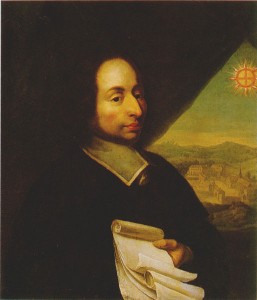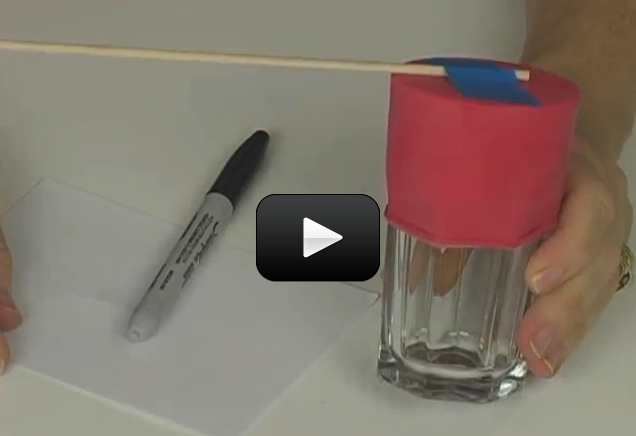
A barometer uses either a gas (like air) or a liquid (like water or mercury) to measure pressure of the atmosphere. Scientists use barometers a lot when they predict the weather, because it’s usually a very accurate way to predict quick changes in the weather.
Barometers have been around for centuries – the first one was in the 1640s!
At any given momen, you can tell how high you are above sea level by measure the pressure of the air. If you measure the pressure at sea level using a barometer, and then go up a thousand feet in an airplane, it will always indicate exactly 3.6 kPa lower than it did at sea level.
Scientists measure pressure in “kPa” which stands for “kilo-Pascals”. The standard pressure is 101.3 kPa at sea level, and 97.7 kPa 1,000 feet above sea level. In fact, every thousand feet you go up, pressure decreases by 4%. In airplanes, pilots use this fact to tell how high they are. For 2,000 feet, the standard pressure will be 94.2 kPa. However, if you’re in a low front, the sea level pressure reading might be 99.8 kPa, but 1000 feet up it will always read 3.6 kPa lower, or 96.2 kPa.
Please login or register to read the rest of this content.


The barometer should last more than a couple days. Be sure to keep it out of direct sunlight. You might also try a different brand of balloon. Anything more durable would be a finished product and not something that’s easy to build.
hey my barometer’s balloon got battered after a few days an it didn’t work anymore. Do you have instructions for a more durable barometer? I want a long-lasting weather station.
thanks Haley loves volcanoes
Yes look in Unit 20, there’s a few volcano experiments there, including one on earthquakes.
I am looking at developing a whole new set of Earth Science videos, so if there’s something special you’d like to see, send me an email with your input!
unrealatd question do you do anything with volcanos